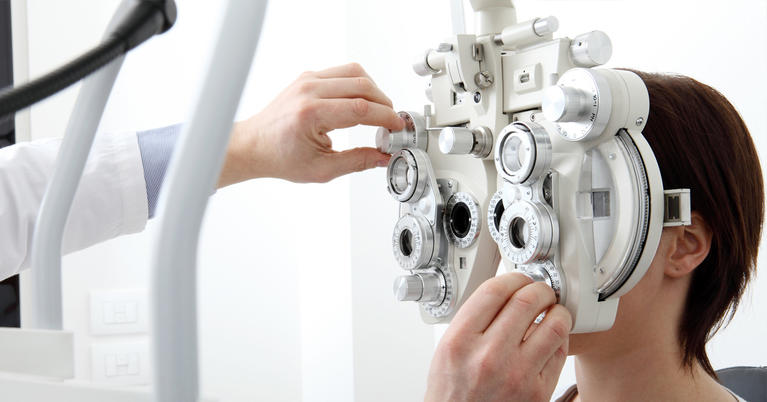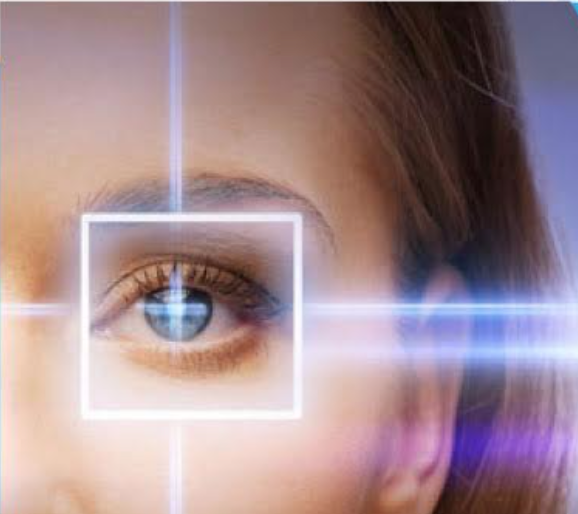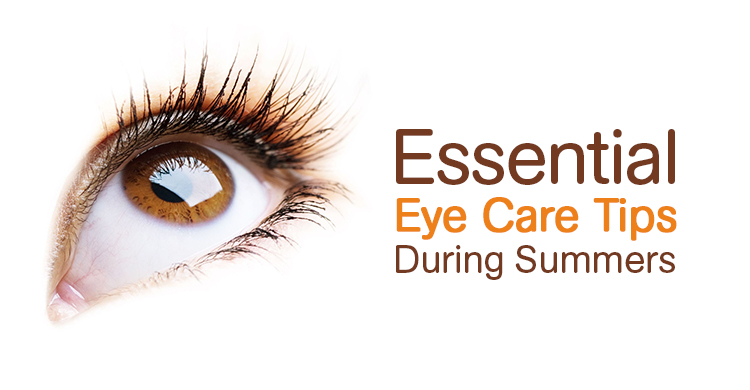Discovering the State-of-the-Art Technologies Made Use Of for Dealing With and detecting Eye Conditions
In the realm of ophthalmology, the advancement of modern technology has considerably enhanced the devices available for diagnosing and dealing with different eye conditions. From innovative imaging innovations that provide thorough understandings into eye structures to robotic-assisted procedures that offer unmatched precision, the landscape of eye care is regularly developing. With the assimilation of expert system in diagnostics, gene treatment developments, and digital truth rehabilitation, the opportunities for improving person outcomes are increasing at a fast rate. The convergence of these sophisticated technologies holds the assurance of transforming the area of ophthalmology, offering brand-new opportunities for personalized and efficient therapies.

Advanced Imaging Technologies
Advanced Imaging Technologies have revolutionized the area of ophthalmology by offering precise and thorough visualization of the eye structures. Optical Comprehensibility Tomography (OCT) stands apart as a vital innovation in this world. OCT uses light waves to record high-resolution cross-sectional photos of the retina, permitting the recognition of minute structural modifications. This non-invasive technique aids in the early detection and tracking of various eye conditions such as macular deterioration, diabetic person retinopathy, and glaucoma.
Moreover, Fundus Digital photography is another vital device in ocular imaging. This strategy involves catching thorough images of the back of the eye, including the retina and optic disc. Fundus Digital photography aids in recording the development of eye conditions, evaluating treatment efficacy, and enlightening clients regarding their eye health and wellness.

Robotic-Assisted Surgical Treatments
Robotic-assisted surgeries have considerably advanced the abilities of ocular surgical procedure, introducing a brand-new period of accuracy and performance in treating different eye problems. By incorporating robot innovation right into surgeries, eye doctors can accomplish unmatched precision and control, bring about enhanced patient outcomes.
One of the primary benefits of robotic-assisted surgery in ophthalmology is the enhanced mastery and security it uses to specialists. The robot arms can carry out precise movements with a high degree of precision, enabling delicate procedures with minimal invasiveness. This degree of accuracy is especially useful in surgeries involving the retina, where even minor mistakes can have considerable ramifications for a patient's vision.
Furthermore, robotic-assisted medical systems offer real-time imaging and responses to the surgeon, allowing them to make educated decisions during the treatment. This innovation enhances the doctor's situational recognition and enables for adjustments to be made without delay, making sure optimal outcomes for the client.
Artificial Knowledge in Diagnostics
With the advancement of innovative innovations boosting surgical accuracy in sensory treatments, the combination of Expert system in diagnostics has become a critical growth changing the field of eye treatment. Synthetic Knowledge (AI) algorithms are being significantly utilized to examine complex data from imaging modern technologies like optical coherence tomography (OCT) and fundus digital photography to assist in the early discovery and accurate diagnosis of different eye problems. These AI systems can efficiently determine patterns and abnormalities in images that may not be noticeable to the human eye, making it possible for quicker medical diagnosis and therapy preparation.
AI formulas can additionally forecast disease progression, suggest individualized therapy plans, and examine the performance of treatments. By simplifying the analysis procedure, AI not just boosts the efficiency of eye treatment specialists yet additionally boosts person results by allowing timely interventions. As AI continues to advancement, its role in diagnostics is expected to expand, offering new opportunities for very early Visit Website treatment and individualized treatment in the field of ophthalmology.
Gene Therapy Innovations
In the world of ocular innovations, current strides in gene therapy innovations have actually triggered considerable rate of interest amongst scientists and health care professionals alike. Genetics treatment holds enormous guarantee in revolutionizing the therapy of numerous eye conditions by targeting the underlying hereditary causes. By introducing genetic product right into cells to compensate for abnormal genetics or to supply a missing genetics, gene therapy supplies an individualized method to addressing inherited eye problems such as retinitis pigmentosa, Leber hereditary amaurosis, and others that were previously taken into consideration untreatable.

As research in genetics treatment proceeds to advancement, the potential for customized therapies for a larger variety of eye problems expands, providing new wish for clients with genetic eye diseases.
Virtual Fact Rehab
Virtual fact rehab has arised as an innovative method in enhancing the healing and rehabilitation procedures for individuals with various aesthetic impairments. hearing service near me. By imitating real-world atmospheres through immersive innovation, virtual fact provides an one-of-a-kind platform for vision treatment and rehabilitation. This cutting-edge method makes it possible for individuals to take part in interactive workouts and tasks developed to boost visual acuity, depth assumption, eye sychronisation, and general aesthetic functioning
One secret advantage of online fact rehab is its capacity to personalize therapy programs based on the particular demands and abilities of each individual. Through real-time comments and surveillance, healthcare experts can track progression, readjust interventions, and supply customized care to maximize outcomes. Additionally, online Bonuses fact technology can create a regulated and safe space for individuals to exercise aesthetic jobs, get rid of obstacles, and build confidence in a virtual setting before transitioning to real-world situations.
Verdict
To conclude, the developments in imaging innovations, robotic-assisted surgical procedures, expert system diagnostics, genetics therapy innovations, and virtual reality rehabilitation have considerably enhanced the diagnosis and treatment of eye conditions. glaucoma service near me. These modern modern technologies have actually changed the area of ophthalmology, enabling even more reliable and precise procedures. As innovation continues to progress, the future of eye care looks appealing with the potential for a lot more innovative remedies to improve patient outcomes
In the realm of ophthalmology, the find more information advancement of technology has considerably enhanced the tools readily available for detecting and treating various eye problems. Fundus Digital photography helps in documenting the development of eye illness, assessing therapy effectiveness, and educating patients concerning their eye wellness.
Man-made Knowledge (AI) formulas are being progressively utilized to assess complicated data from imaging technologies like optical comprehensibility tomography (OCT) and fundus photography to assist in the very early detection and exact diagnosis of numerous eye conditions.In verdict, the improvements in imaging technologies, robotic-assisted surgical procedures, man-made intelligence diagnostics, gene treatment advancements, and virtual truth rehabilitation have significantly enhanced the medical diagnosis and treatment of eye problems. As technology proceeds to evolve, the future of eye care looks encouraging with the capacity for also more innovative options to boost client end results.